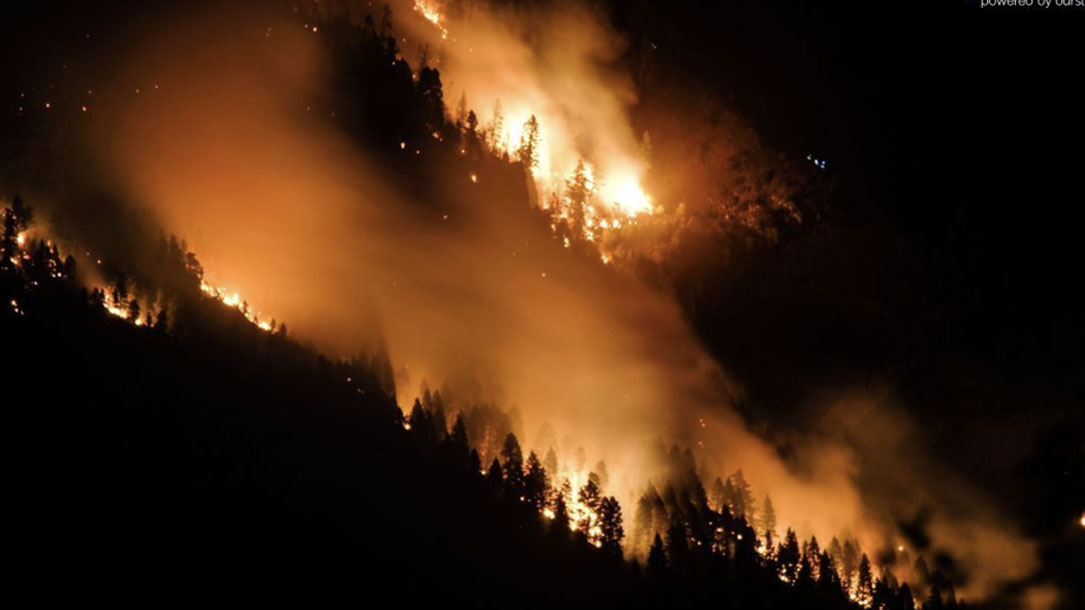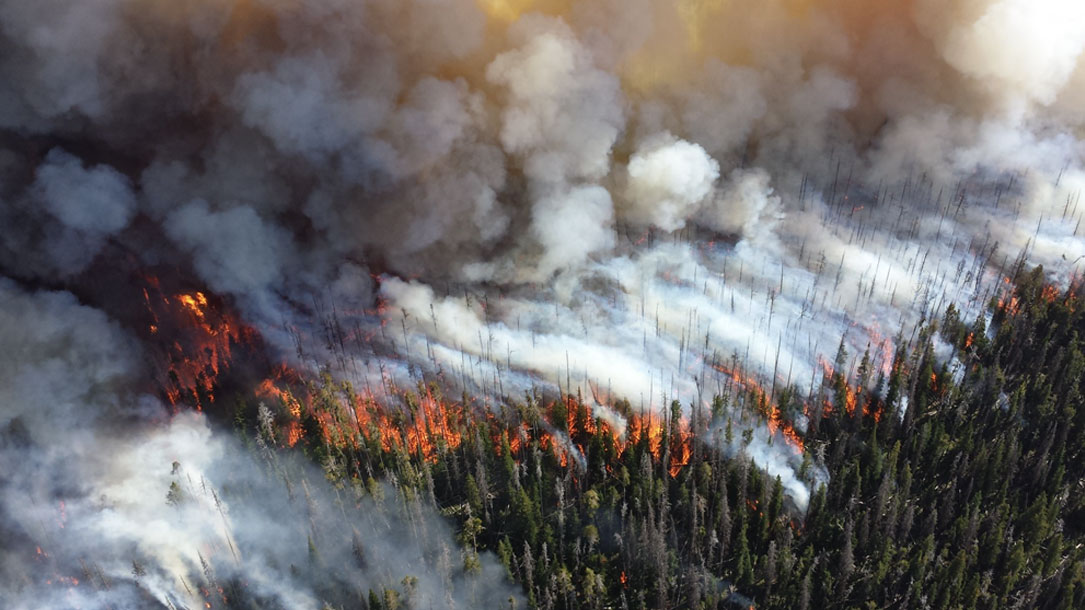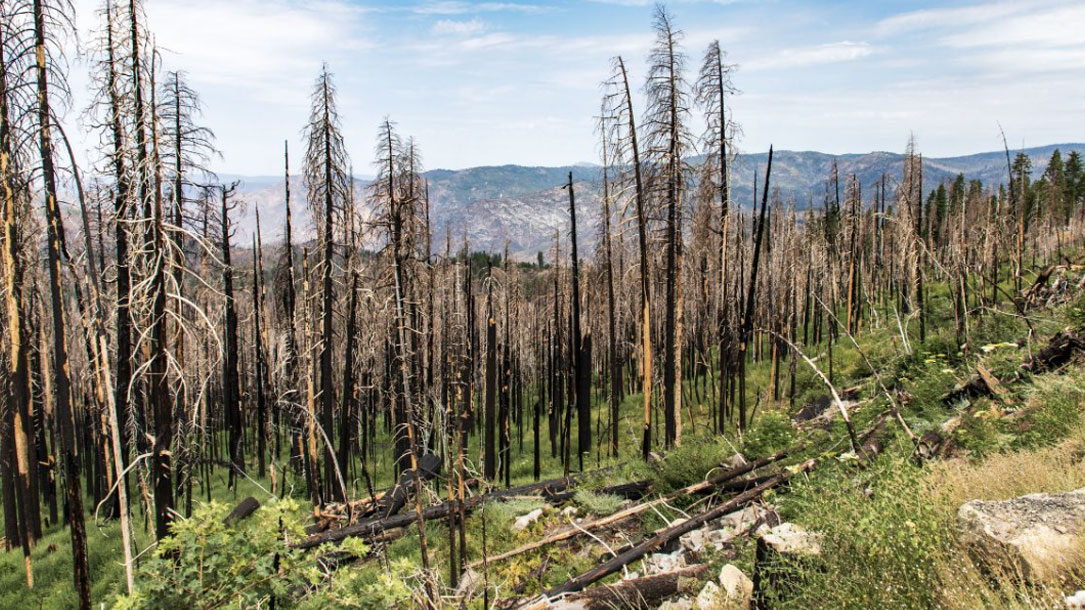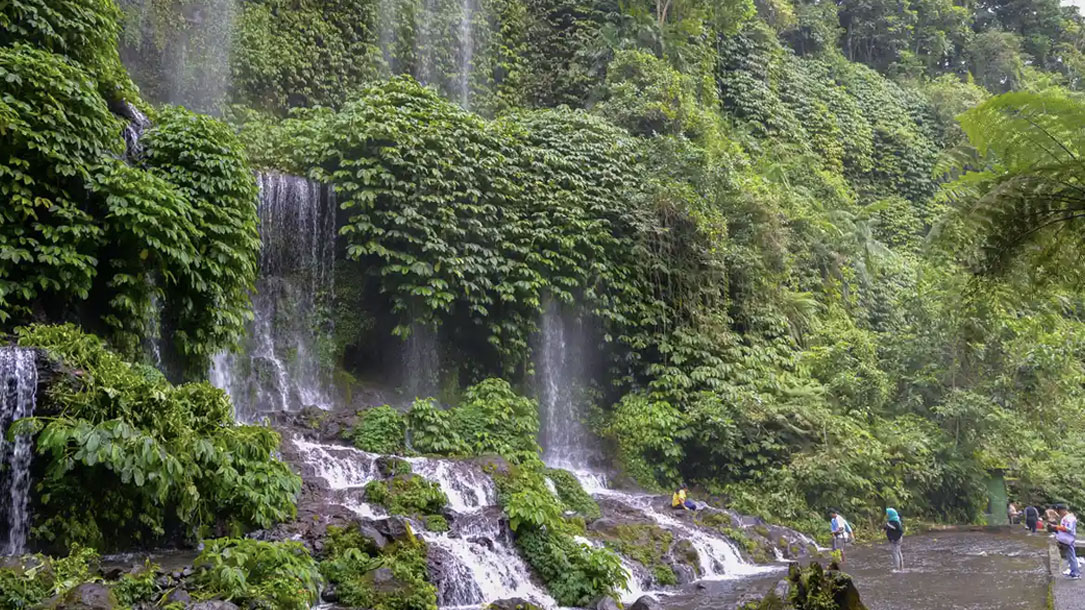Home > Climate News >

Climate change is ratcheting up the pressure on bees
Drought conditions in the western U.S. in 2021 dried up bee forage — the floral nectar and pollen that bees need to produce honey and stay healthy. And extreme rain in the Northeast limited the hours that bees could fly for forage.
In both cases, managed colonies — hives that humans keep for honey production or commercial pollination – were starving…

Nests are bee nurseries
Female bees build nests to protect their offspring from bad weather, predators, parasites and disease. Bees nest in cavities that they either find or create. Each of the 4,000 bee species found in North America has a unique life history and nesting preferences. Most North American bee species (>70%) nest underground. Ground nesting bees dig tunnels or look for abandoned holes made by other animals. Other bee species prefer to nest aboveground. Females look for hollow twigs, chew tunnels in dead logs or take advantage of preexisting burrows left by wood-boring beetles. Some species search for naturally occurring crevices in stones and trees and will even occupy pinecones or empty snail shells!

A common soil pesticide cut wild bee reproduction by 89% – here’s why scientists are worried
When you think of bees, a hive humming with activity probably comes to mind. But most of the world’s 20,000 bee species don’t call a hive home. These wild species lead solitary lives instead, and around 70% of them build nests underground where they raise their offspring on the nectar they gather from flowers.
Incredibly, almost all scientific understanding of how pesticides affect bees has came from testing domesticated honeybees, and, more recently, bumblebees. That’s largely because these species tend to be easier to work with in lab conditions. How non-social bees cope with these chemicals is largely understudied, despite them making up the vast majority of bee species worldwide.

So you want to know how the Inflation Reduction Act can help you reduce your climate footprint
There are incentives for home efficiency, heat pumps, electric vehicles, home solar and battery storage, and more. But my favorite part of the bill (if I had to pick just one) is that, at its core, it incentivizes planning ahead…

Massachusetts Clean Energy Act eases path for agrivoltaic projects
The Act clarifies that an agrivoltaic project is to be treated as an agricultural use, meaning that the land can continue to be classified as agricultural land for property tax purposes and that the project is exempt from special permit requirements.
This change in law further illustrates the legislature’s intent to help farmers continue their farming operations by utilizing renewable energy, and particularly solar energy, as a means of maintaining their land in agricultural use.

Notable impact of wildfires in the western United States on weather hazards in the central United States
Wildfires have intensified in both frequency and burned areas in recent decades in the United States and constitute a significant threat to life and property. Sensible heat and aerosols produced by wildfires may affect severe storms and weather hazards downstream. Here, we show that wildfires in the western United States can lead to more severe hazardous weather in the central United States, notably increasing occurrences of heavy precipitation rates and large hail. Both heat and aerosols from wildfires play an important role. As wildfires are projected to be more severe in a warmer climate, the influence of wildfires on severe weather in downstream regions may become increasingly important.

Up in smoke: California’s greenhouse gas reductions could be wiped out by 2020 wildfires
In this short communication, we estimate that California’s wildfire carbon dioxide equivalent (CO2e) emissions from 2020 are approximately two times higher than California’s total greenhouse gas (GHG) emission reductions since 2003. Without considering future vegetation regrowth, CO2e emissions from the 2020 wildfires could be the second most important source in the state above either industry or electrical power generation. Regrowth may partly of fully occur over a long period, but due to exigencies of the climate crisis most of the regrowth will not occur quickly enough to avert greater than 1.5 degrees of warming…

Study shows worsening wildfire smoke is unraveling decades of air quality gains
Wildfire smoke now exposes millions of Americans each year to dangerous levels of fine particulate matter, lofting enough soot across parts of the West in recent years to erase much of the air quality gains made over the last two decades.
In late September, Stanford University researchers published this study that found residents of Western states were exposed to a 27-fold increase of harmful particulate matter pollution, known as PM2.5, between 2006 and 2020 as wildfires intensified.

Western wildfires are fueling extreme weather in other states
In late September, Stanford University researchers published a study that found residents of Western states were exposed to a 27-fold increase of harmful particulate matter pollution, known as PM2.5, between 2006 and 2020 as wildfires intensified.
Then this month, researchers from the University of Chicago and the University of California, Los Angeles, concluded in their own study that the wildfires of 2020 contributed to roughly a third of California’s total greenhouse gas emissions that year.
And on Monday, the Department of Energy released groundbreaking research that found Western blazes are increasing the intensity of extreme weather in states as far east as Nebraska…

The world’s forests do more than just store carbon, new research finds
Researchers from the U.S. and Colombia found that, overall, forests keep the planet at least half of a degree Celsius cooler when biophysical effects — from chemical compounds to turbulence and the reflection of light — are combined with carbon dioxide…












